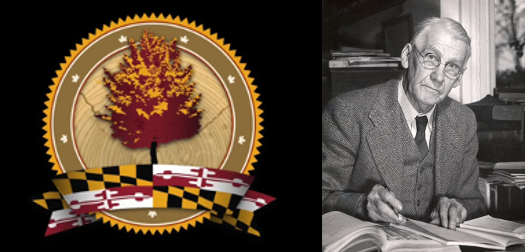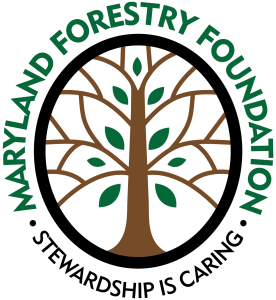
The Roots of the National Forest System
Congress passed The Forest Reserve Act of 1891 giving the President authority to set aside public lands as “forest reserves.” The first U.S. forest reserve was the Yellowstone Park Timber Reserve in Wyoming. America’s first federally protected national forest was Shoshone National Forest (originally part of the Yellowstone Park Timber Land Reserve). At the beginning,
the Department of Interior was in charge of the newly acquired reserves, then the U.S. Division of Forestry ending with The Bureau of Forestry. Consolidation took place in 1905, and the federal forest reserves were transferred to the Department of Agriculture Forest Service.
Under President Theodore Roosevelt’s administration, the national forest system expanded into scientific forestry management. The nation’s first U.S. Forest Service Chief, a graduate of the Yale School of Forestry and founder of The Society of American Foresters (SAF) was Gifford Pinchot. Later Pinchot would hire Maryland’s First State Forester.
Growing the State Forests Systems
Like the federal government, local governments became more involved in stopping poor land practices done on forested lands. In 1906, the United States had three state foresters. The first was from Connecticut; Walter Mulford (1877-1955), and the second was from Pennsylvania; George Wirt (1880-1961). The third was Fred W. Besley (1872-1960); Maryland—a protege of Gifford Pinchot.
Third State Forester in the Nation
Besley received his graduate degree from Yale . In 1906, he became Maryland’s First State Forester. The state agency he led was focused on combatting the increasing number of wildfires. Under his leadership, fire towers were constructed, forest wardens were put on payroll, and he made sure every fire was investigated. He travelled around the state promoting reforestation with his words and camera.
One day while visiting Maryland’s the Eastern Shore, he came across a majestic White Oak tree. Fortunately, for the citizens of Maryland, he had a creative side to advancing the cause of forest conservation. He began to capture and document the big trees of the Old Line State. Besley created the eligibility rules for crowning Champion Big Trees. He devised a formula for measuring big trees, combining three key metrics: trunk circumference in inches (measured at 4.5 feet above ground), height in feet, and one-fourth of the average crown spread. The sum of these values yields the tree’s total point score.
Big trees help protect soil, provide shelter for wildlife, purify water sources, clean air sheds, and add aesthetic values to their communities. In 1940, the American Forestry Association, now known as American Forests, became the official sanctioning organization of the National Champion Tree Competition. As of 2023, the historical competition is managed by the University of Tennessee Institute of Agriculture’s School of Natural Resources. This year is the 100th anniversary of Maryland Big Tree Program. Within the MBTP database there is a registry of 2,900 big trees listed.
Legacy of Fred W. Besley
His vision of recognizing the ecological services provided by state forests and the big trees has grown a healthy canopy for forest conservation. The agency he served for 36 continuous years, has spread too. When he became Maryland’s first State Forester, his budget was $2,000—and he was the total workforce. As of Earth Month 2025, the Maryland Department of Natural Resources Forest Service has 106 full- time employees with over a $21 million budget for fiscal year 2025. The little trees that are being planted today might produce the big trees of tomorrow. In a way, the Big Tree Champion Program symbolizes ways these towering natural monuments are part of the solution for better ecosystem health. Protecting the Big Trees found on private and public lands leads to greater biodiversity, environmental stewardship, and cultural heritage. As Fred W. Besley said, “we are no longer so rich as to waste our heritage.” His work remains as notable as the Champion Trees he recorded. To learn more about his other groundbreaking firsts and lasting contributions, you can stream a documentary about Maryland’s First State Forest,
Mr. Besley’s Forest for free on the PBS app. To celebrate National Arbor Day, Maryland Public Television is broadcasting a local encore presentation of this original documentary on Friday, April 25th at 11pm on MPT2/CreateTV.
Photo of Fred Besley is from the Maryland State Archives.
Artwork is property of Por Eco Productions, One Idea/Dos Languages, LLC
